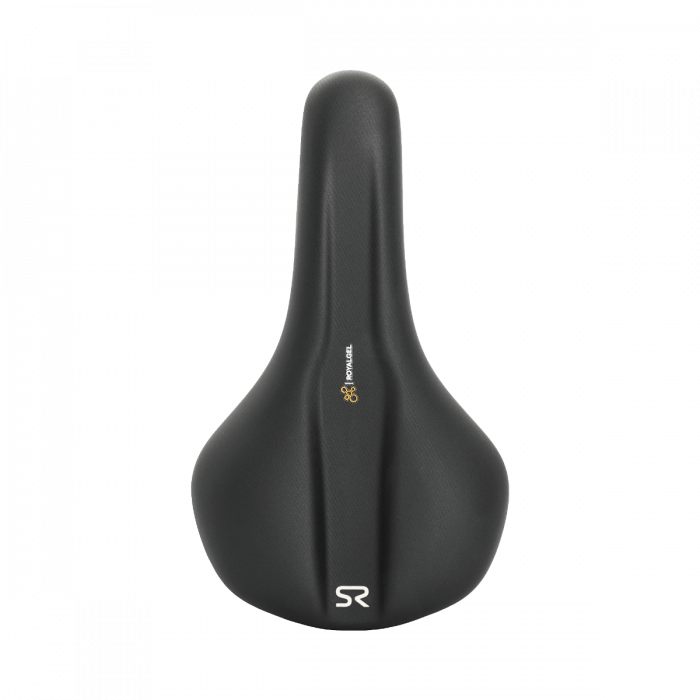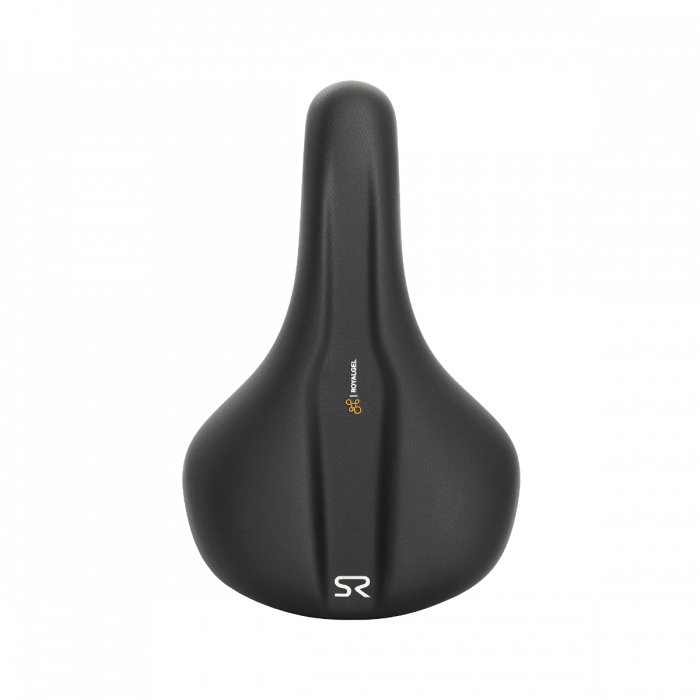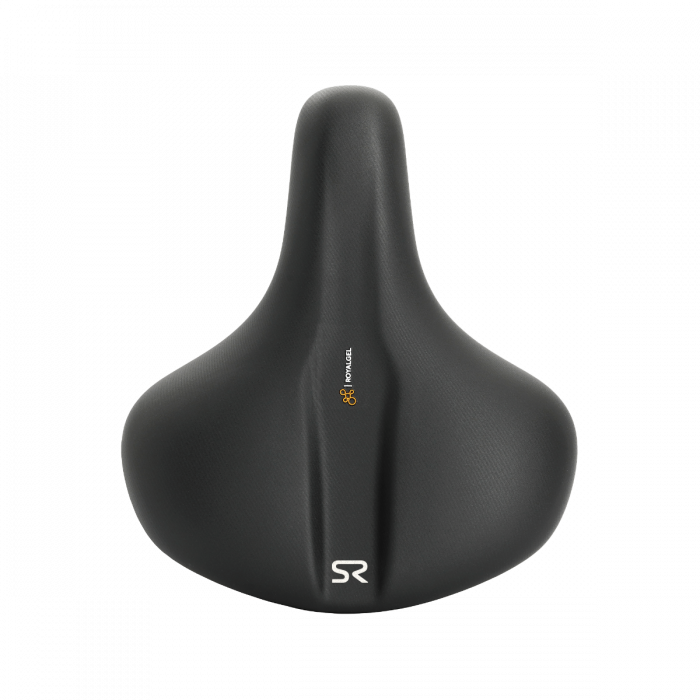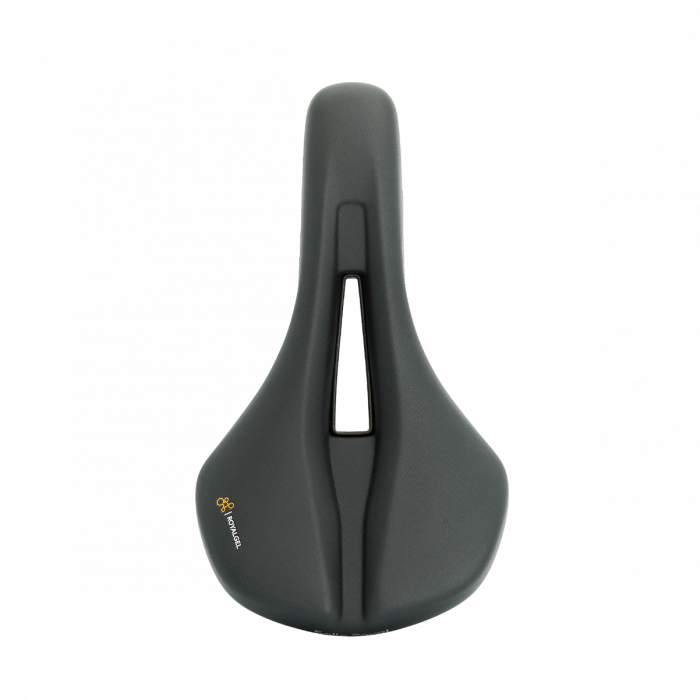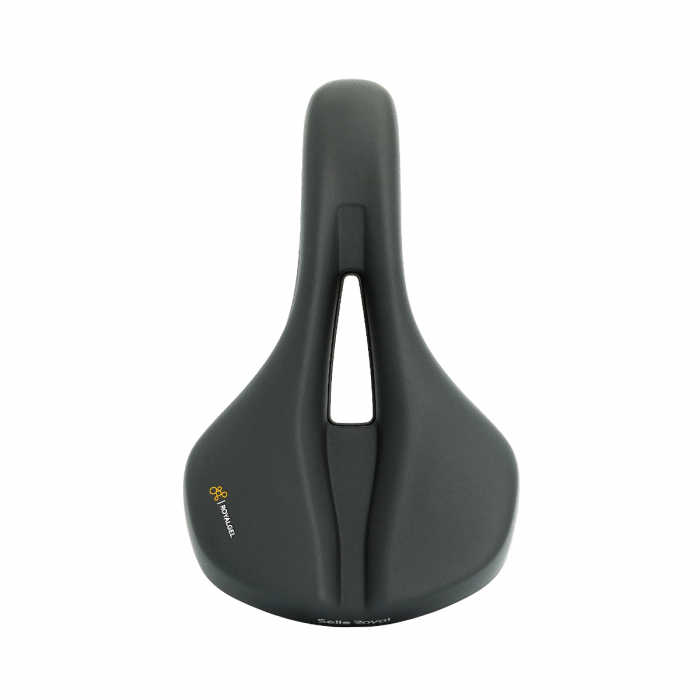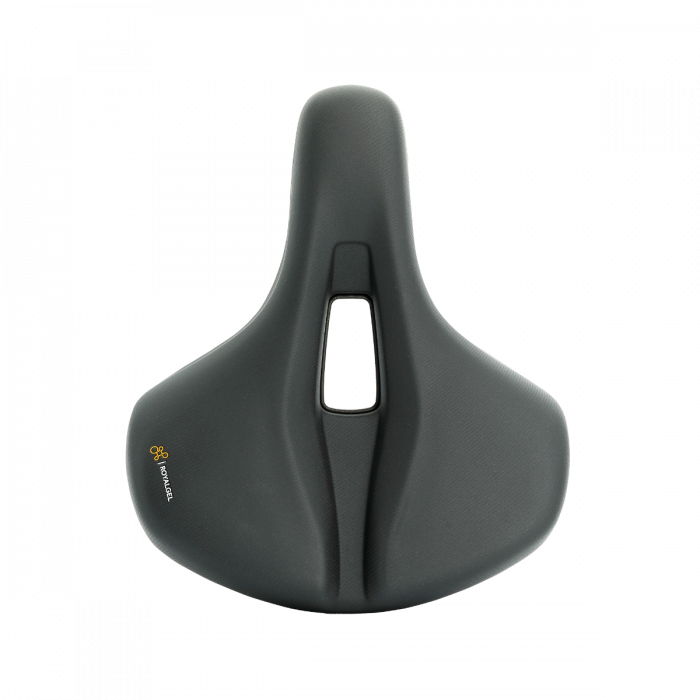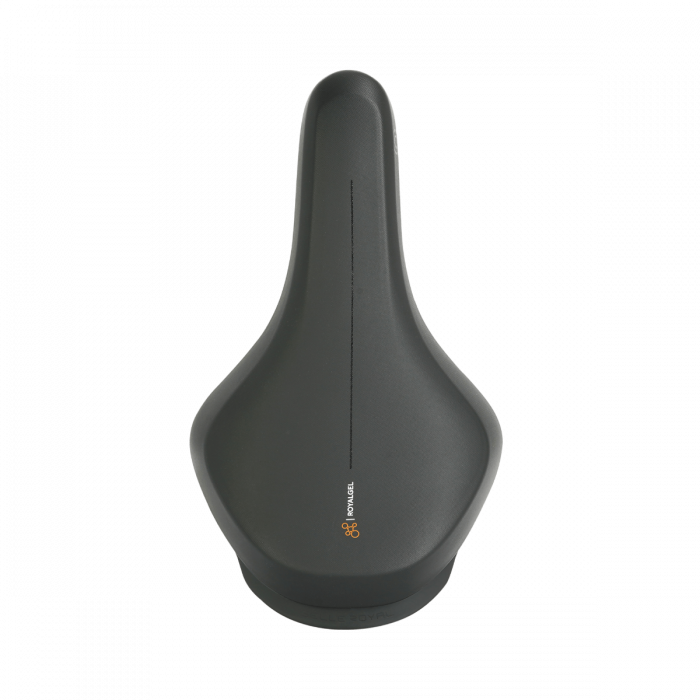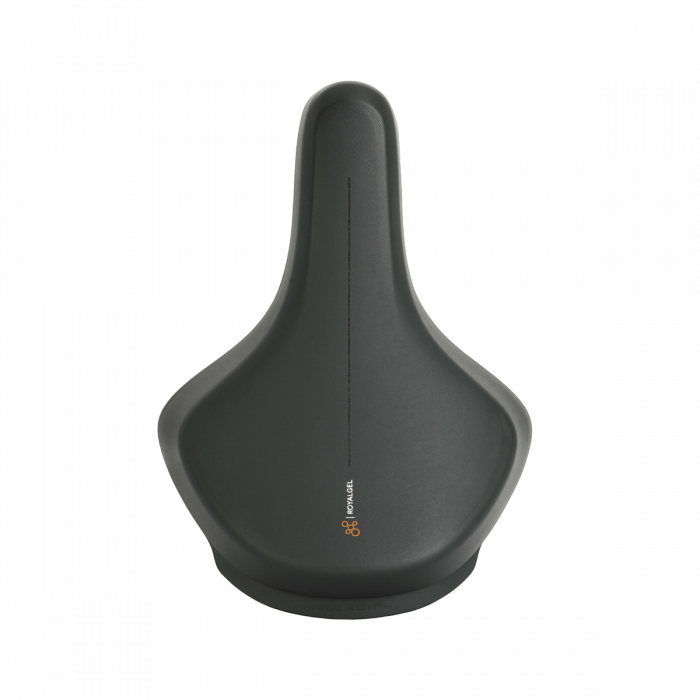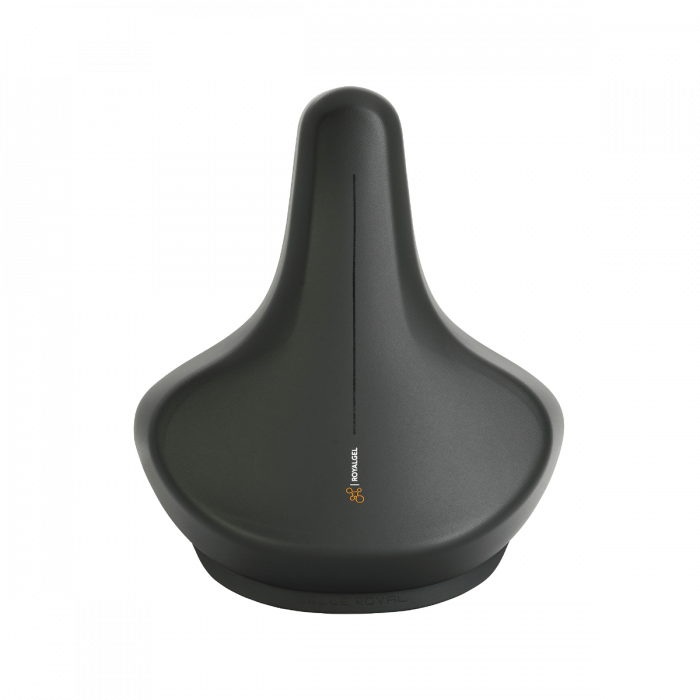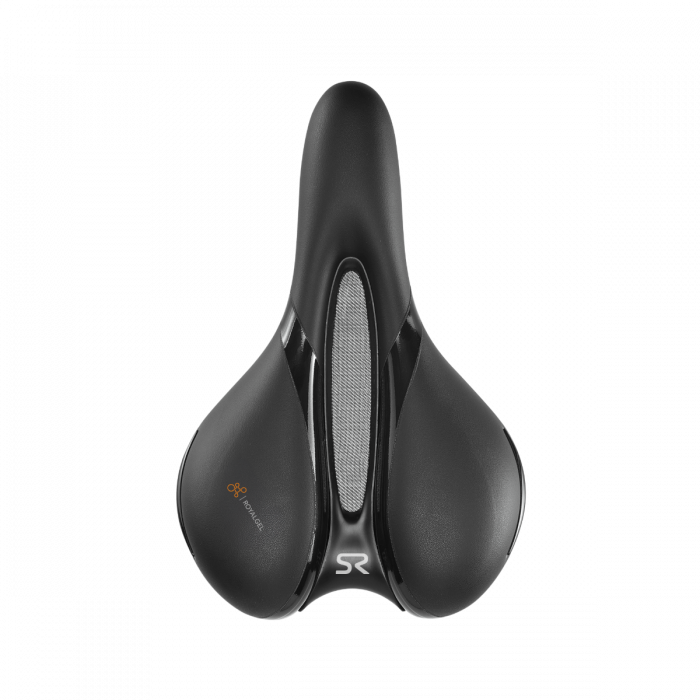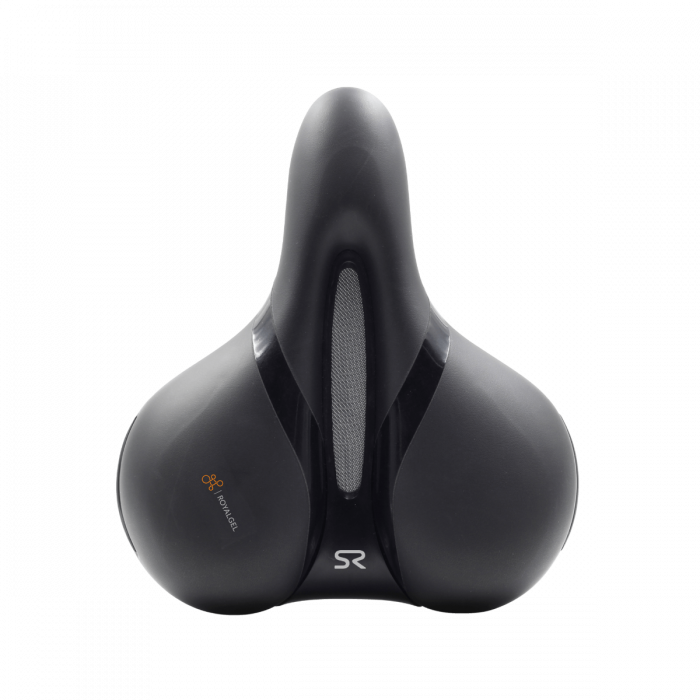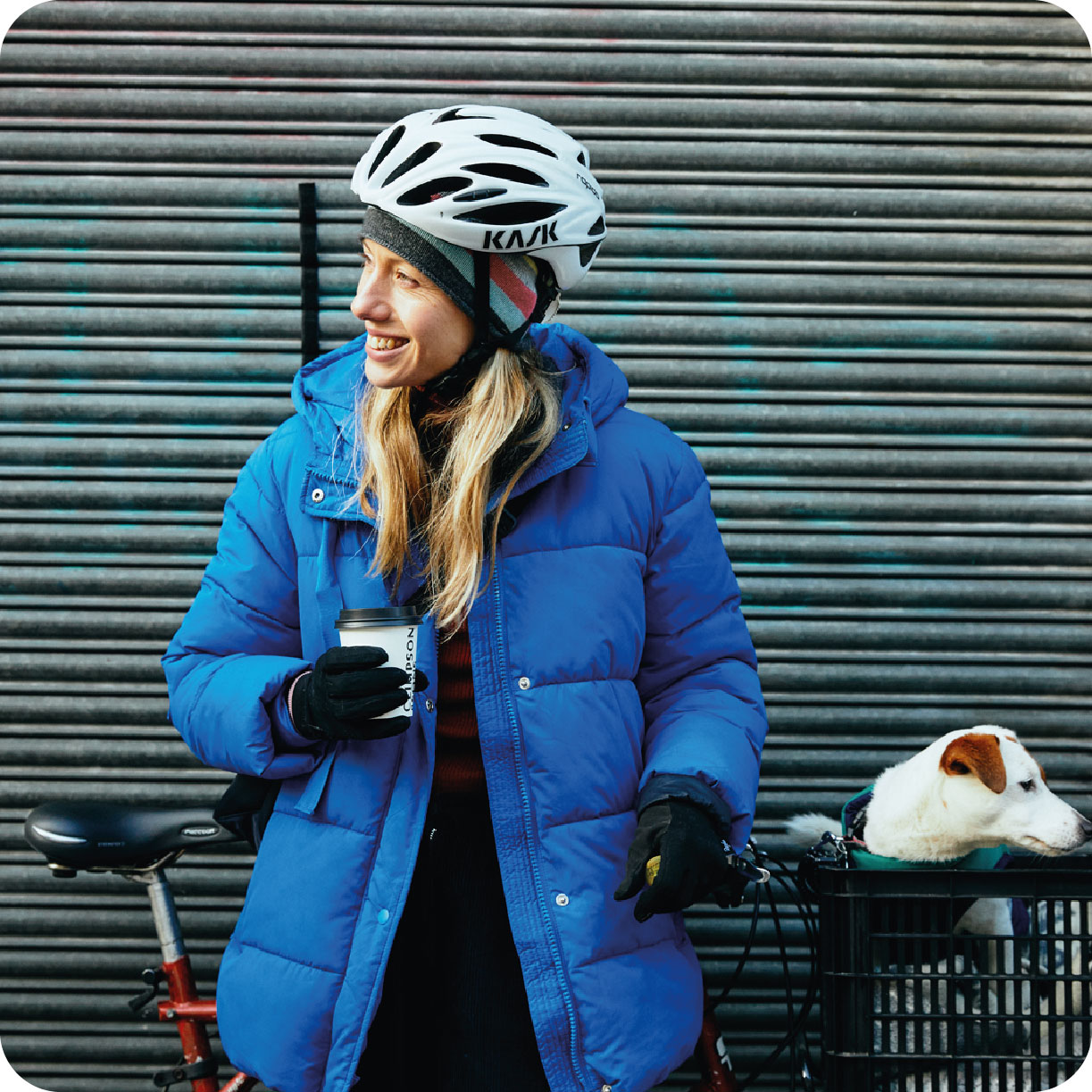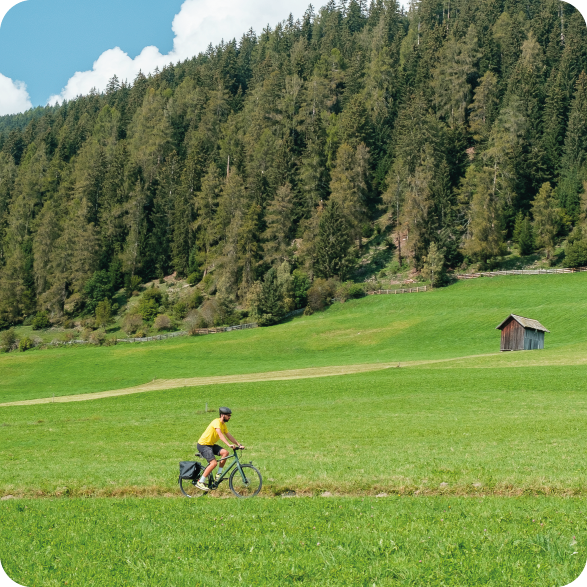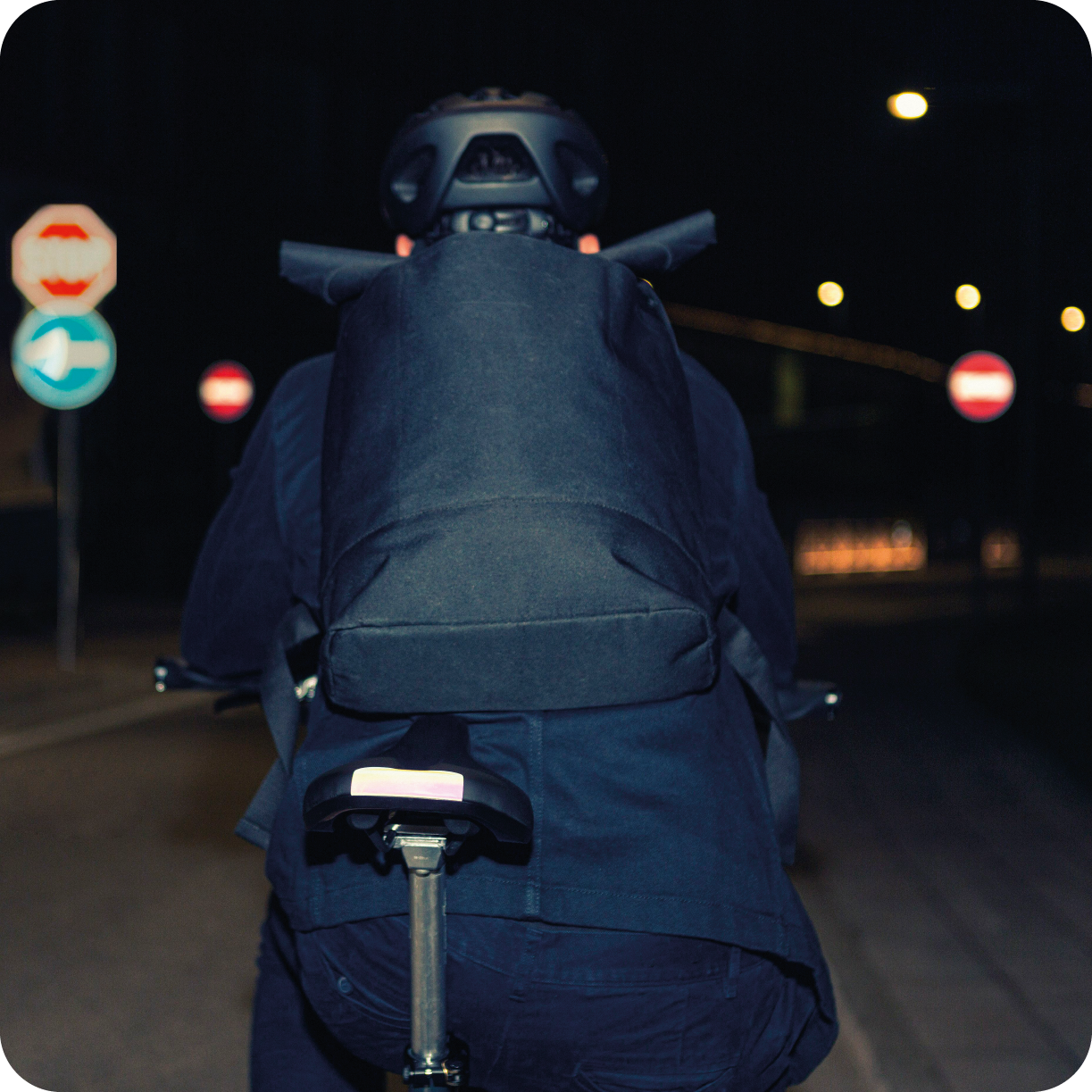Cycling Holidays: How to Plan a Bike Trip
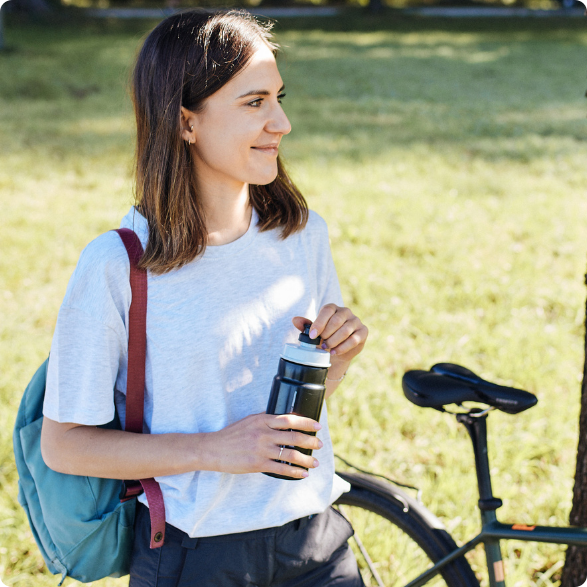
The feeling of freedom, the thrill of discovery, the joy of conquest: traveling by bike offers a unique and unforgettable experience, a true adventure on two wheels. If you're eager to jump on the saddle but unsure where to start, don’t worry—you're in the right place. In this article, you'll find the most useful tips to organize your first cycling holiday.
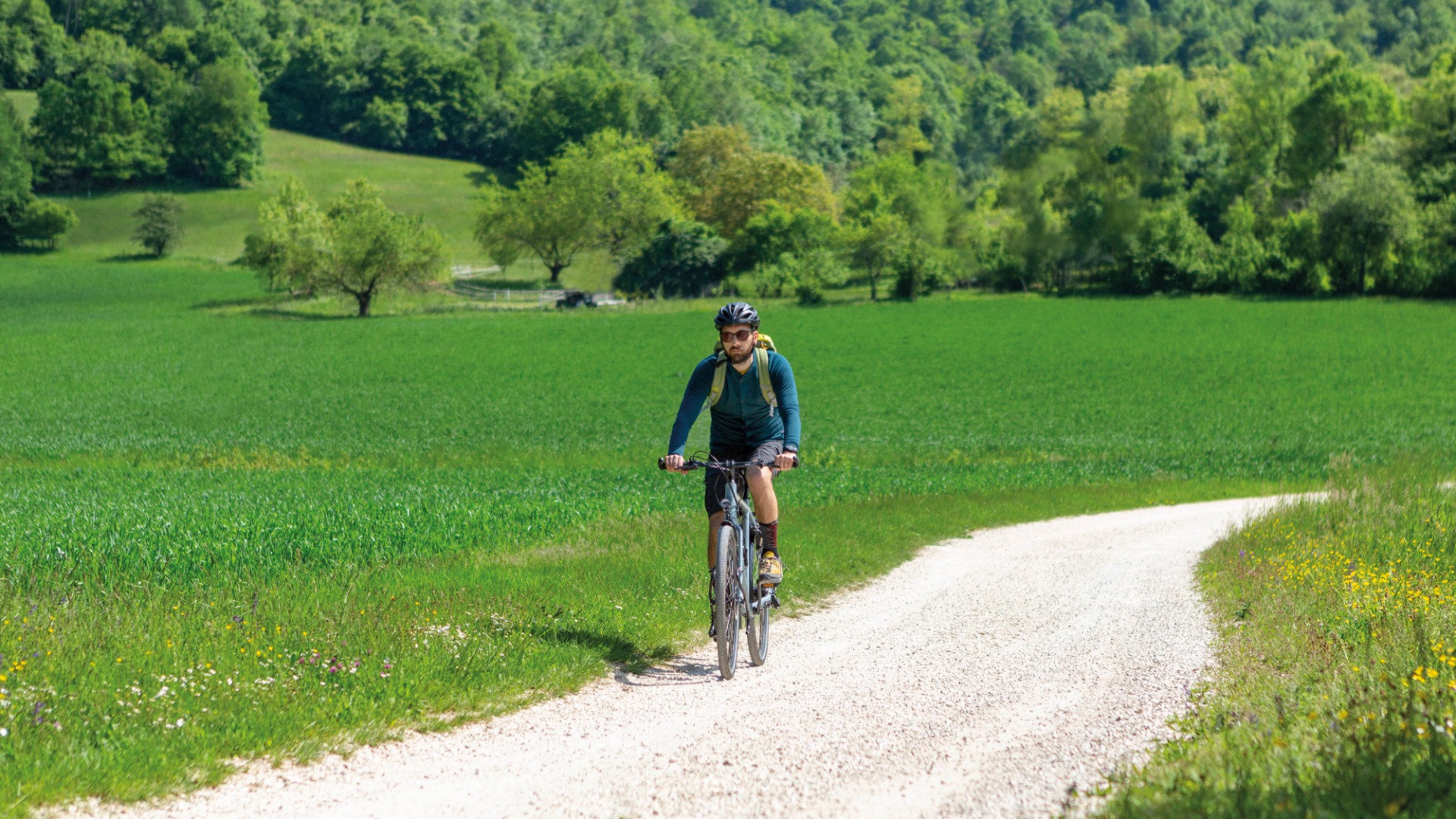

Preparing for a Bike Trip
How to Create a Bike Route
One of the first considerations is choosing your itinerary. When planning a bike trip, it's important to be aware of your abilities and level of preparation and, accordingly, calculate a bike route that suits your needs. The true journey begins with the choice of route, here we might start by putting “bike trails near me” into a popular search engine and imagine ourselves one day to be out, riding free on our bikes on unfamiliar roads. In reality, our trip has already started! To manage this phase best, do a lot of research. Read articles, guides, and travel blogs, watch videos, and rely on the advice of other cycle tourists to identify the most suitable routes.
If what you're organizing is your first cycling trip, opt for a cycle tourism route, part of a network of bike paths frequented by other cycle tourists. This will allow you to gather more information before departure and avoid finding yourself on isolated roads your first time out. Whether it's an itinerant tour, a loop (where the start and end points coincide), or a “hub-and-spoke” route with a fixed base, divide your journey into stages and download the GPX tracks on your device, be it a smartphone or a bike computer.
Not keen on organizing the trip and dealing with the itinerary yourself? Then consider an organized bike tour. Many agencies offer this type of service, providing the opportunity to participate in organized bike trips or to purchase a package including the route, accommodations, and sometimes even the bike rental and luggage transport—an excellent idea for those new to cycling holidays and who want to enjoy the trip without worrying about the details.
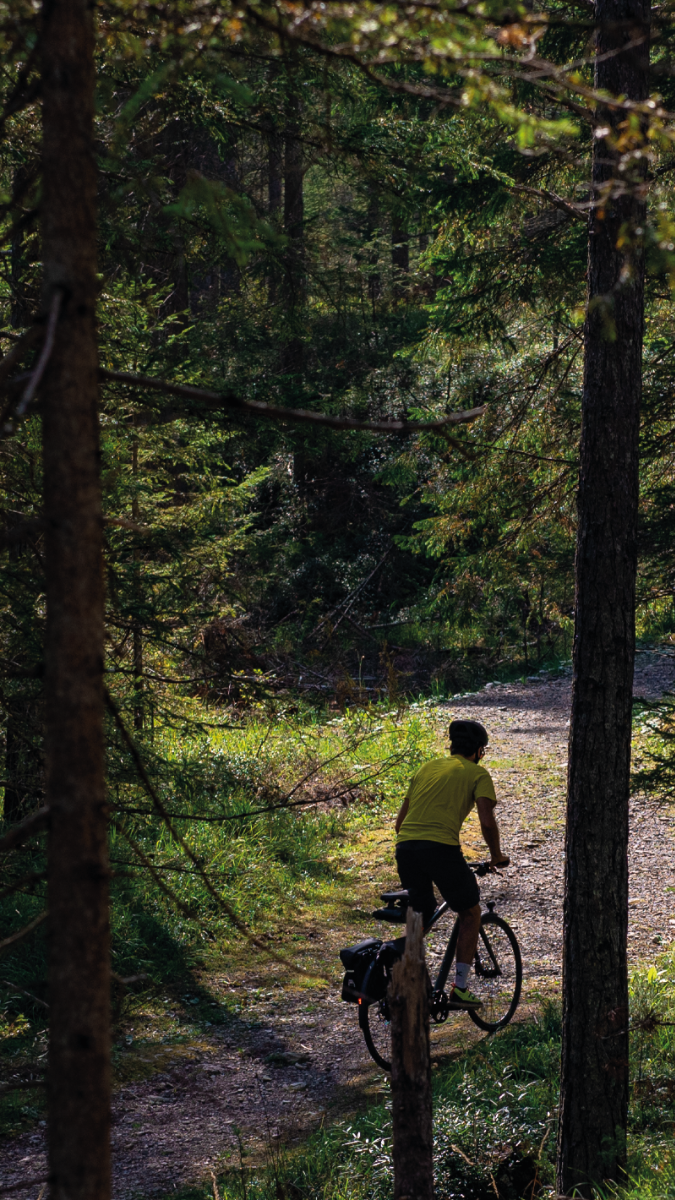

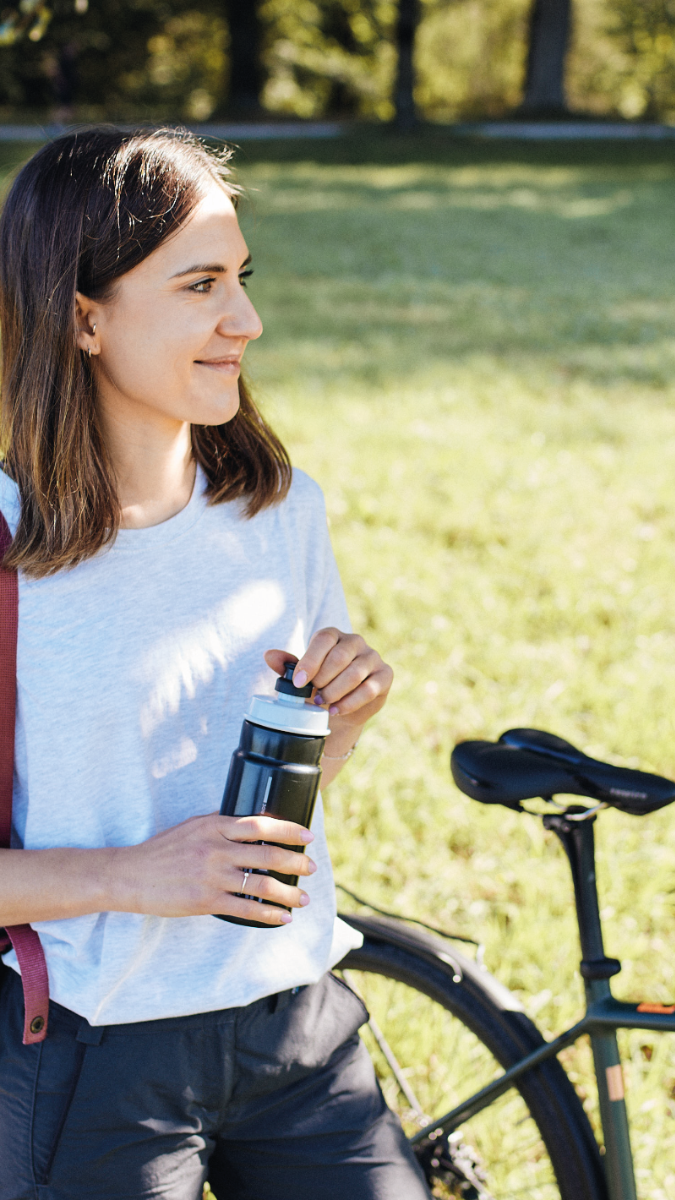

Travel Bikes: Which Is the Best?
Once the route is chosen, it's time to think about equipment, starting with the bike itself. The market offers endless possibilities: trekking bikes, gravel bikes, mountain bikes, road bikes, folding bikes. To find the best travel bike, it's important to consider the type of experience you want to have.
For example, if the idea is to tour Europe by bike following cycle tourism routes, a good trekking bike, also known as a touring bike, is ideal: a robust frame, rear (and sometimes front) racks, and fenders— simply a comfortable and reliable bike. For some riders however an electric bike for adults is a great option, even a folding electric bike or lightweight electric bike can deliver a satisfying travel experience.
If the trip you're organizing is more adventurous and the itinerary involves challenging elevations and off-road trails, the bike for you is probably a gravel bike, a hybrid between a racing bike and a mountain bike: sporty frame geometry, versatile tires that are fast on asphalt and have the right grip on dirt roads, and with drop handlebars to ensure comfort under all conditions.
What’s the Best Trekking Saddle?
After some research, you'll surely find the bike that suits you, but it doesn't end there. Even with proper bike posture, to ensure that the experience of traveling by bike is positive and leaves you with good memories (and avoid cycling knee pain!) it's important to choose the right saddle, whether it's a bike seats for women or men, to avoid searching for cushions for bicycle seats. But what is the most comfortable bike seat? Again, the answer is "it depends." Indeed, a comfortable bike saddle needs to be suitable for every type of road surface and comfortable even on long rides to avoid bike and back pain, cycling hip pain, cycling pain behind the knee and knee pain while cycling—even lower back pain while cycling—and for this there are various types on the market to avoid cycling saddle pain, whether its bike seats for women or men.
Selle Royal has designed the Adventure Time line of saddles for bike trips, specifically the Vaia model; these comfortable bike saddles are equipped with an ergonomic hole designed to relieve discomfort, even in the most sensitive cyclists. There is also the Explora: bike saddles with an ergonomic channel to follow the body's geometry. Added to these are the Lookin Evo family of saddles with a recycled plastic base, shock absorption system, and Royalgel™ technology— environmentally-friendly and ideal for long journeys.
If your companion on adventures is an e-bike, the ON range of e-bike saddles is the one for you. Designed to ensure safety and control on electric bike tours, the flexible sides complement pedaling and the raised rear will help you find the right position immediately to prevent backward sliding. Plus, the rubberized "soft touch" handle makes moving the bike convenient on foot, perfect for any womens electric bike. Also, all saddies are waterproof and equipped with the Clip & Go system that allows for easy attachment of Selle Royal saddle accessories to the rear, details that make a difference during a bike trip.
Bike saddles from the Respiro line are also perfect for accompanying cycle tourists on long adventures, especially during the warmer months, thanks to the cool cover system that reflects sunlight and maintains a temperature 25°C cooler than a standard black saddle. Furthermore, the ventilation channel allows air to flow through the saddle, ensuring a cool sensation. Also, if you like to take photos of your bike in a travel setup, this is the saddle for you: the scuff guard system allows you to rest the bike on any surface without the risk of damaging the sides of the saddle. Perfect for influencers!
Once you’ve chosen the bike and the saddle that's right for you, don't forget to familiarize yourself with it: some 30-40 km outings around your home will let you see if the position, the saddle, and the setup you've chosen are the right ones for you. These smaller bike tours utilizing bike trails, greenway trails and other bike routes will give you a good picture of what to expect and you still have time to change your mind. Search for ‘bike trails near me’, ‘bike paths near me’, and ‘bike routes near me’ and get started!
What to Bring on a Bike Trip: Essential Equipment for Your Journey
When traveling by bike, one rule holds true: less is more. Now all you have to do is prepare the equipment, finding the right compromise between comfort and weight. In choosing equipment, it's important to always keep in mind that the more weight carried, the more effort required. But first, let's see how we can carry the luggage, analyze the different setups and compare them to understand which is most suitable.
Bicycle Tourism vs Bikepacking
The bicycle tourism setup is the most classic mode we remember from old travel photos in National Geographic, and involves the use of racks and side bags called panniers to attach to the frame. The bikepacking setup, on the contrary, does not involve the use of racks; in this case, the bags—generally frame, handlebar, and saddle bags—will attach directly to the frame, making this type of setup lighter and suitable for all types of bicycles.
For example, the Selle Royal saddle bags, thanks to the Integrated Clip System technology, attaches to the saddle in a click, and the compression valve simplifies and speeds up air extraction—making space for that extra jersey you just can't leave at home. This saddle bag for cycling is available in different sizes, from the Saddle Bag Small of 0.6L for daily outings to the Saddle Bag Extra Large of 7L, more spacious and suitable for multi-day trips.
Once you've decided on the setup, it's time to fill the bags, trying as much as possible to balance the weight on the bike and to store the equipment neatly. The most important thing is to distribute the weight evenly between the front, middle, and rear of the bike, and this applies in all cases. Carefully filling your bags is important to keep everything under control and be able to easily find what you need, even during the trip.
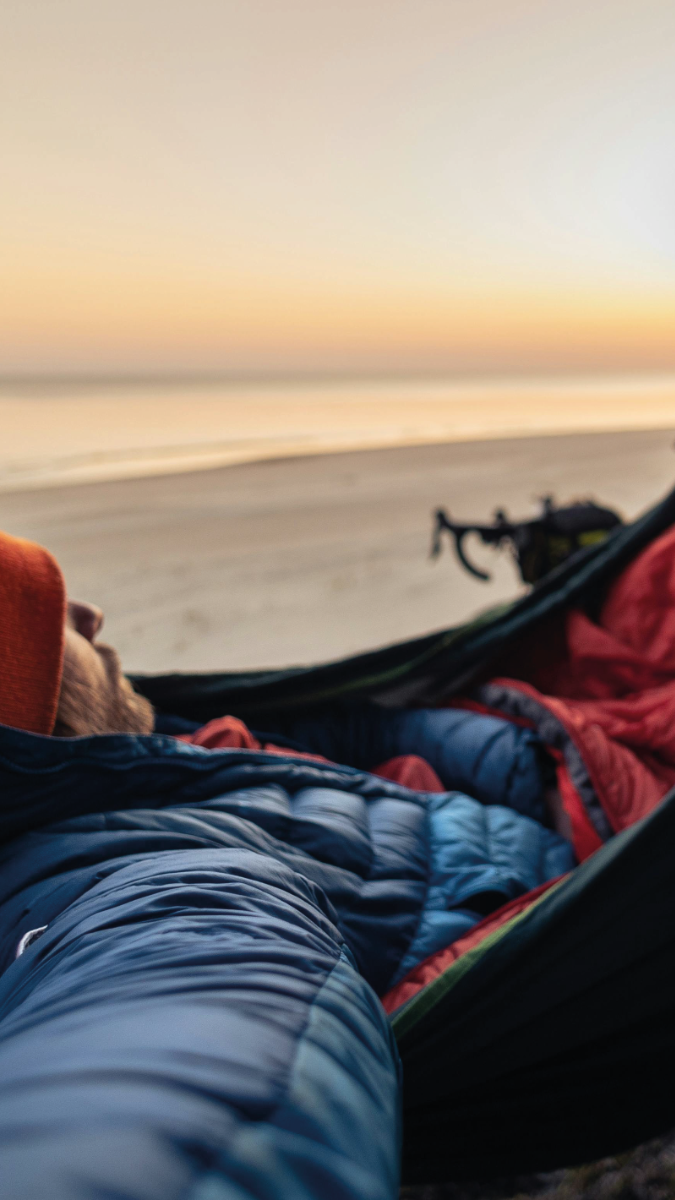

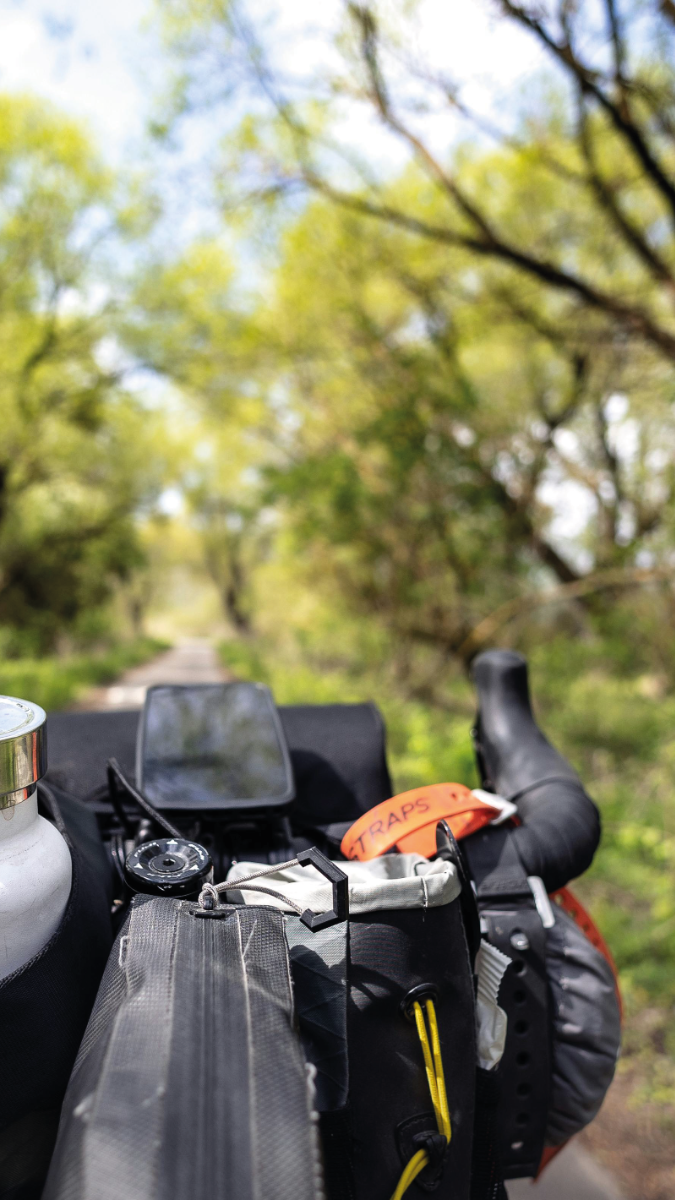

The choice of equipment depends greatly on the type of trip and especially on the season and the climatic conditions we may encounter. Better to choose technical, light, performance garments that take up little space. In other words: few but good. It is also important to prefer garments and products made from sustainable materials; we like to pedal in nature so let's not forget to preserve it by making responsible purchases.
If the bike trip you're organizing will take you to places with cold and rainy climates, like those in Iceland, it's best to leave prepared and follow our advice to keep in the saddle even through rain and cold. Clothing, therefore, varies according to the type of trip we are organizing, so let's focus on the must-haves. Here's a small list of items that must be included in our luggage:
For maintenance and basic repair:
● spare inner tube
● tire levers
● tire pump (better the kind with a gauge)
● chain splitter
● quick link multitool (like this multitool that attaches to the back of the saddle and takes up no space)
For riding:
● two water bottles
● cable ties (useful in any eventuality)
● front and rear lights
● power bank and cables.
● bike computer
● A bike lock, if necessary.
Practical Tips for Traveling at Your Best
Where to Sleep: Tent, Free Camping or Hospitality Facilities?
From this choice depends on the logistics and consequently the equipment. If you decide to stop and sleep in hospitality facilities, make sure they are ready to welcome you and your bike. And don't forget to inquire about breakfast time, especially in the summer period: it's best to eat early in the morning and get right in the saddle to avoid cycling during the hottest hours of the day.
Sleeping in a tent guarantees the freedom to choose where to stop each evening, without being subject to reservations and schedules, but it also means giving up a whole range of comforts, first and foremost, a hot (or cold) shower at the end of the day. If you choose to be completely self-sufficient, you will need to bring with you all the necessary camping gear (tent, sleeping bag, mattress, pillow) and cooking supplies (stove, dishes, food) and consequently, you’ll carry more weight.
There are those who would never give up the freedom of free camping and dinner under the stars and those who, on the other hand, could never end a day on the pedals without a hot shower followed by a typical dinner in a trattoria. Don't worry if you don't yet know what type of trip is right for you, travel and experiment, it's the best way to learn.
How to Travel by Train with a Bike
Traveling by train with a bike is convenient, efficient, and carries with it a low environmental impact. What could be better? Each country and region has its own transport regulations. Starting with Italy, here are the things you need to know to transport the bike by train:
- On regional trains marked with a specific pictogram, the transport of bicycles is always allowed paying a small fee (in some regions transport is free)
- On Intercity trains, it is possible to reserve a bike space, the wagon used for transport is number 3 with 6 bike seats
- On High-Speed trains, it’s possible to bring your bike only if disassembled and closed in a special bag
- Foldable bikes can be transported on all types of trains
There are also several cross-border trains with wagons dedicated to bike transport, and in general in Europe, bicycle transport is almost always allowed but prices and methods vary so we recommend visiting the website of the railways of the country you are about to visit.
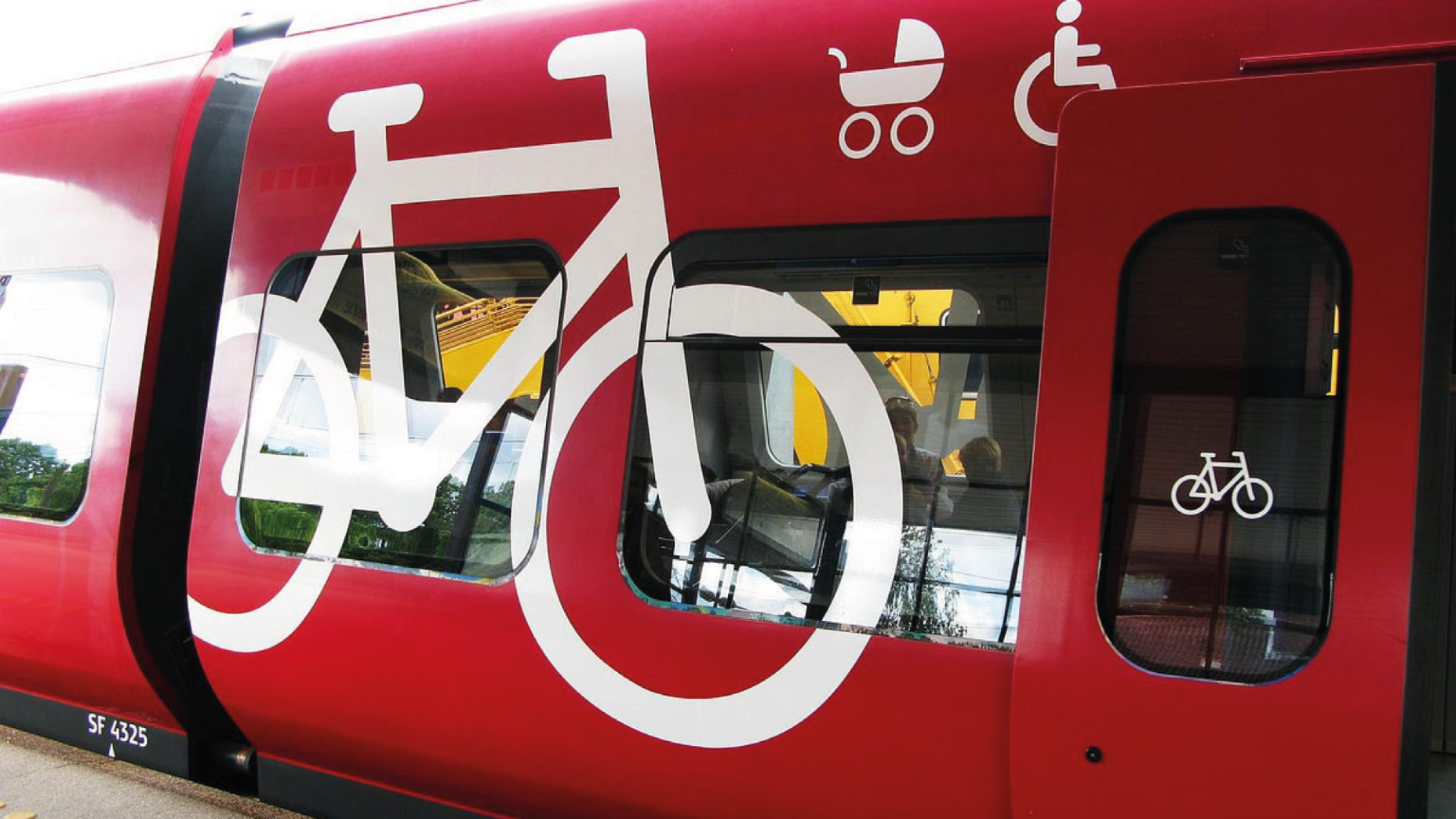

By Traveling, You Learn
Traveling by bike is an exercise in freedom, each trip is a small great adventure, and it is with this spirit that it must be tackled, whether it's crossing Latin America or a weekend in Monferrato. What counts is the ability to adapt to the unexpected which will surely be there and are often, for better or worse, the thing you will remember most once you return to the usual routine.
Organize your days so you always have time to enjoy the landscapes, stop to photograph a panorama, and take a break at the bar to grab a bite and meet the locals. Don’t rush, in bike travel what counts is not the destination, but the journey!
